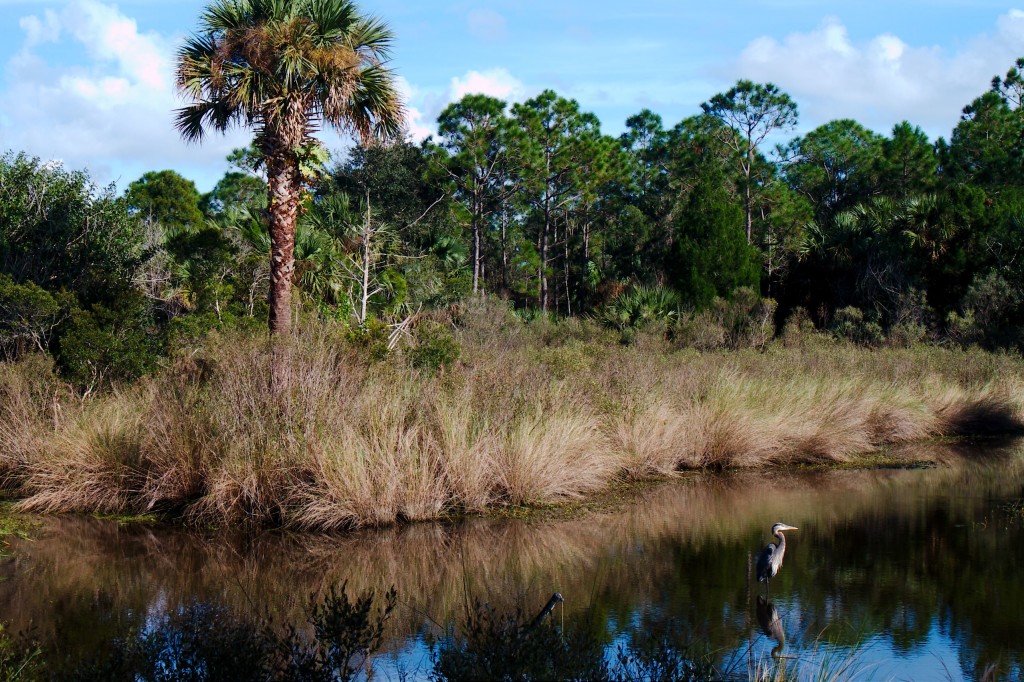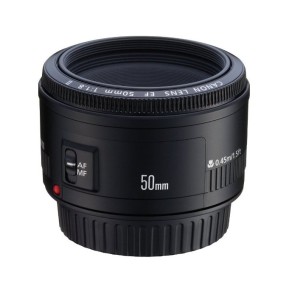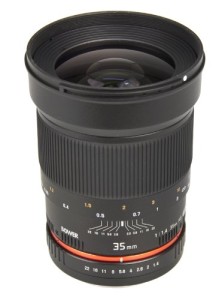Free Photography Bundle ($180 value): PS actions, LR presets, photo overlays, & print templates!
Get it here.
Landscape photographers are a special breed. They’re the ones getting up at zero-dark-thirty to hump their camera gear up trails and through the woods in a quest for the perfect light. They’re the ones hiking back to the car by the light of a headlamp because the perfect light was 30 minutes after sundown and it’s five miles back to the car.
The great thing about landscape photography is the gear is pretty basic and you can get started for a very reasonable investment. Landscape scenes are typically not moving very fast, so you can avail yourself of a wonderful world of manual lenses that don’t have all the bells and whistles of brand name glass but provide amazing quality for the money.
If you love landscape photography please be sure to check out our sister site Loaded Landscapes.
Choosing a Camera
You don’t really need a special landscape camera, though they’re out there for those with the budget. If you have the money and think you’ll be making really large prints, you can pick from one of the full-frame cameras like the Canon 5D MK III, Nikon D700 and Sony A7 and A7R. If you’re on a budget you can still take fabulous landscapes with cameras equipped with APS-C size sensors, though your sensor size will influence your choice of lenses.
Prime Glass
While you can take landscapes with the kit lens that comes with your camera, many landscape photographers find that prime lenses, lenses with a fixed focal length, often provide excellent detail and clarity when compared to budget zoom lenses. One of the more popular lenses for landscape photography is the humble 50mm. For Canon that’s the “nifty-fifty” and Nikon has a similar lens. The reason many landscape shooters pick 50mm lenses is that the field of view approximates the human eye on a full-frame camera. If you want the same field of view as a 50mm lens on a full-frame camera when you have a camera APS-C sensor, you’ll need to choose a 35mm lens, due to the difference in what’s called the “crop factor”.
Another option for high quality prime lenses are a new line of manual lenses fielded by Korean lens manufacturer Samyang, marketed under names like Bower and Rokinon. These are high quality optics at budget prices that work quite well for landscape photography. Because they’re all manual, these lenses are very slow. Fortunately landscapes don’t move very fast.
A Decent Tripod
You don’t have to spend $500 to get a good tripod but you do want to spend enough money to get one that’s light, strong and easy to carry strapped to a backpack. If you’re going to do a lot of landscape photography it’s probably worth investing in carbon fiber, a material that’s very light and can support a lot of weight.
A Remote Trigger
You’ll want some kind of infrared or wireless trigger as pushing the shutter button on your camera when it’s on a tripod can introduce camera shake. Much of the time for landscape photography you’ll be working in Live View, where you frame the image and adjust the exposure via the LCD screen on the back of the camera instead of framing through the eyepiece. In my experience the $35 remote triggers work just as well as the more expensive brands but it’s really up to you.
Landscape photography is fun and a great outdoor sport. You can get started at a very reasonable cost and you’ll see some amazing places at the times during the day they look their absolute best.




